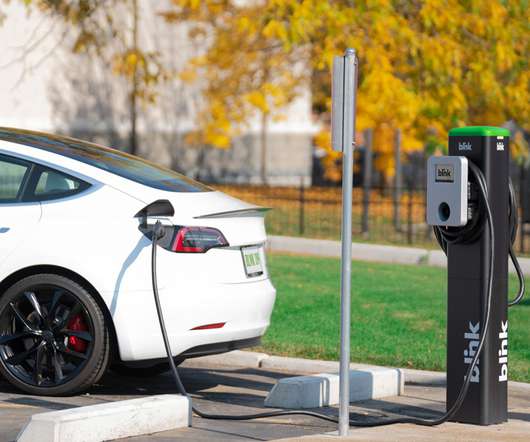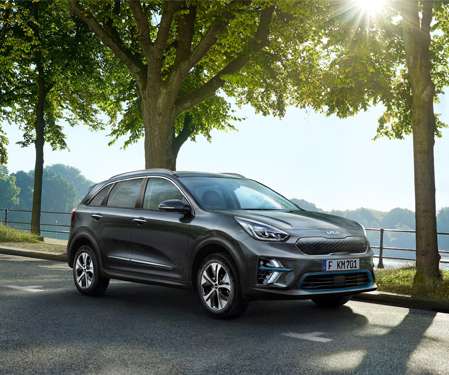Earth Day and the Importance of Green Energy
Blink Charging
APRIL 21, 2022
According to Forbes , studies have found that solar and wind power is often cheaper than power from fossil fuels, even without financial assistance, and their daily operations undercut even the most cost-effective coal plants. It uses the power of wind pushing turbines to collect energy.












Let's personalize your content